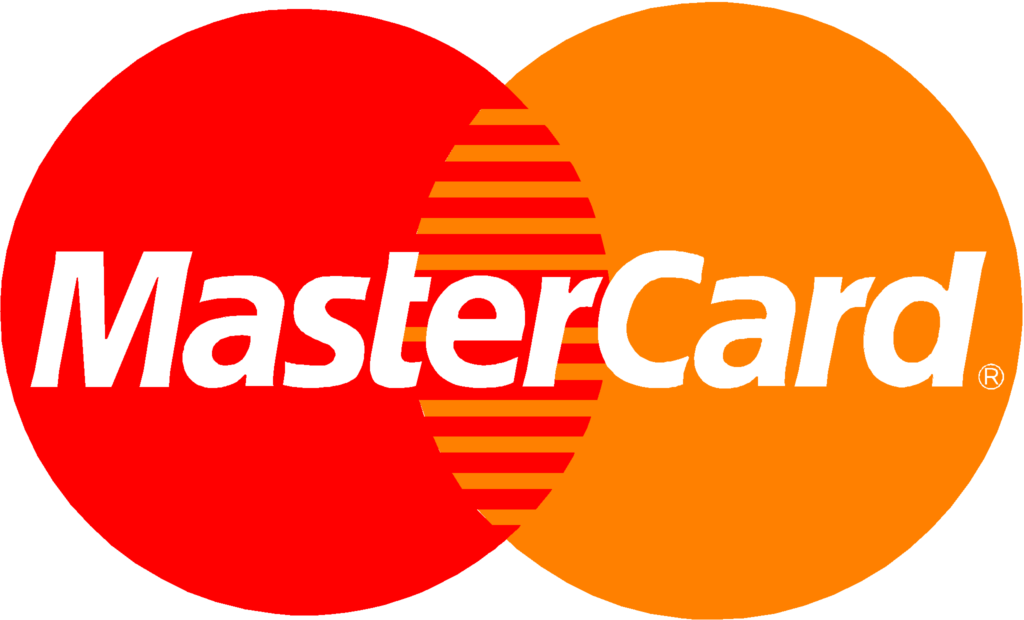Finally, your website is completely SEO proof. Now what?
Are you already measuring SEO progress? Or do you have any idea what to do or where to look at?
A monthly SEO report is essential to measure progress. If you compare the changes from day to day, you will miss your SEO campaign’s most significant effect.
In this article, you will get all the details on the SEO report, its attributes, and the factors needed to track your SEO
Why a monthly SEO report?
If you outsource the SEO, you naturally want to know the results. Which pages have received more visitors, and which keywords are now higher in Google.
Data only comes to life when you know what to look at and with whom to compare it. If you view the data for too short a period, you lose the overview!
And that is essential to keep in mind!
Here is a brief example:
Suppose you are optimizing for a keyword with a search volume of 100. That means that about 100 people search for this topic per month, which equates to about three searches per day.
Suppose your page is 4th in the search results for that keyword. You have a 6% chance of getting a click. And what is 6% of 3? Do the math.
Similarly, you have a 15% chance of a click if you are in 2nd place. A 2nd position in the search results is also very good. But what is 15% of 3?
You will not see the difference if you compare a week with the previous one.
If, on the other hand, you compare the number per month and assume 6% and 15%, you will soon see that the number of clicks has doubled.
Rather than looking at a daily or weekly improvement, look at monthly progress. You will then be able to see change much better and better estimate your SEO campaign’s success.
What should you be able to see in an SEO report?
If you sell products in a web store, you will want to see a lot more data than on the dentist’s website. A standard SEO report, therefore, does not exist.
It needs to be personalized reports to rank customers. One would like to see which pages have generated the most conversions, while the other would like to see which internal links have been clicked the most.
If you are doing Affiliate SEO, you need to see which outbound links have been clicked. If you are involved in link building a lot, the number of backlinks, DA, or PA would be useful.
Whatever data you want to track, try adding a Baseline to the report! Such a baseline is an ideal point to show how much of an impact SEO has had on the website and how important SEO is for the company.
Below is a shortlist of parts that can be useful for your report. You can choose whether you want to see the data per month, per day, per week, per quarter, or per page.
- Revenue (total, or per source/channel).
- Most sold products.
- Products with the highest turnover.
- Number of products in the cart.
- The number of products settled (transactions).
- Conversions (e.g., per page, conversion percentage, or value of conversions).
- The number of visitors per page.
- The number of website visitors.
- The number of clicks per keyword.
- Average duration per visitor.
- Number of sessions per channel (google, ads, social, etc.).
- The number of sessions with a conversion.
- Positions in search results.
- The number of directions requested (Google My Business).
- The number of views per day (YouTube).
- DR score (Ahrefs).
You can get the information about these SEO factors in Google Analytics and the above-written tools (written in brackets).
So get started with your SEO report and track your journey of success!










